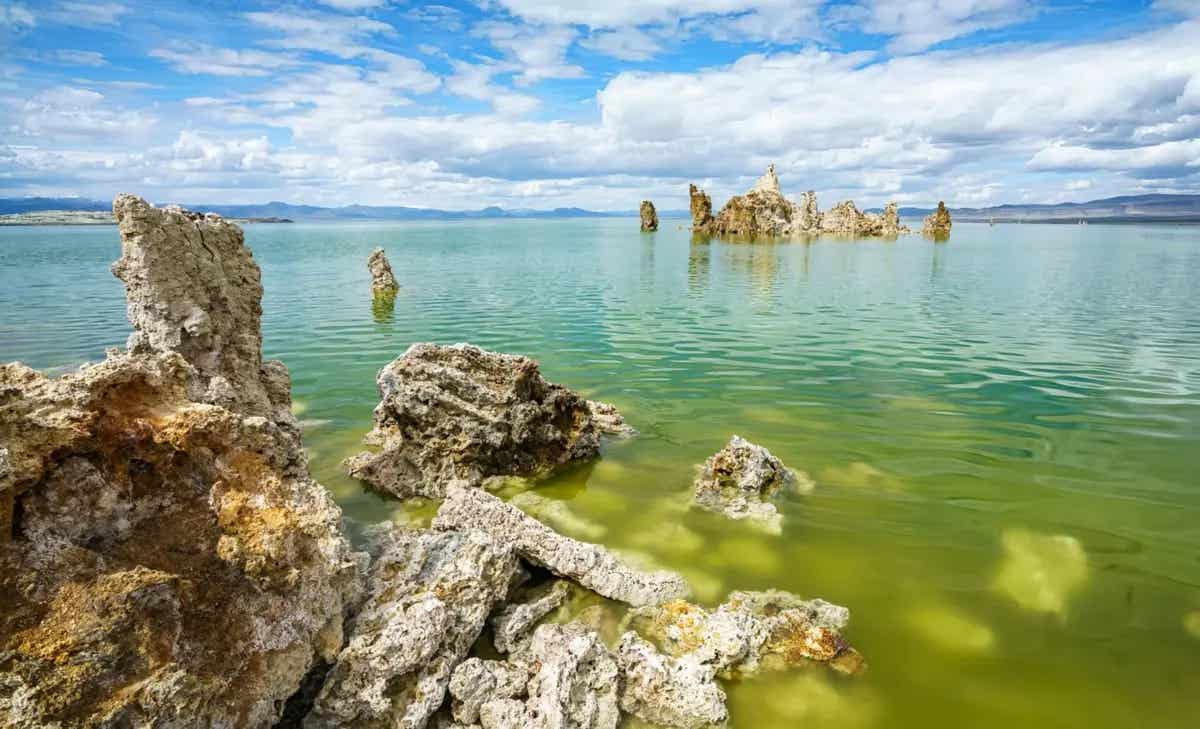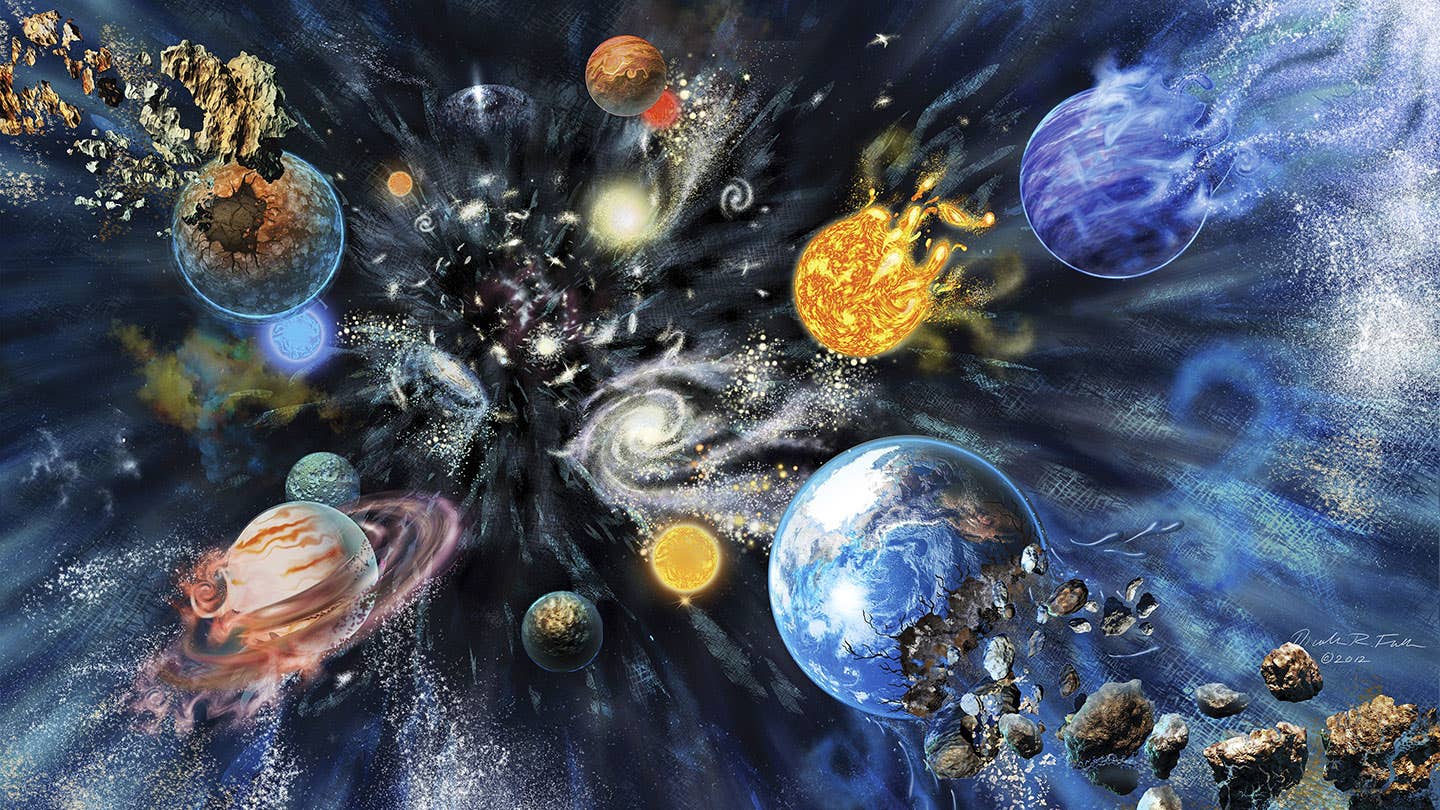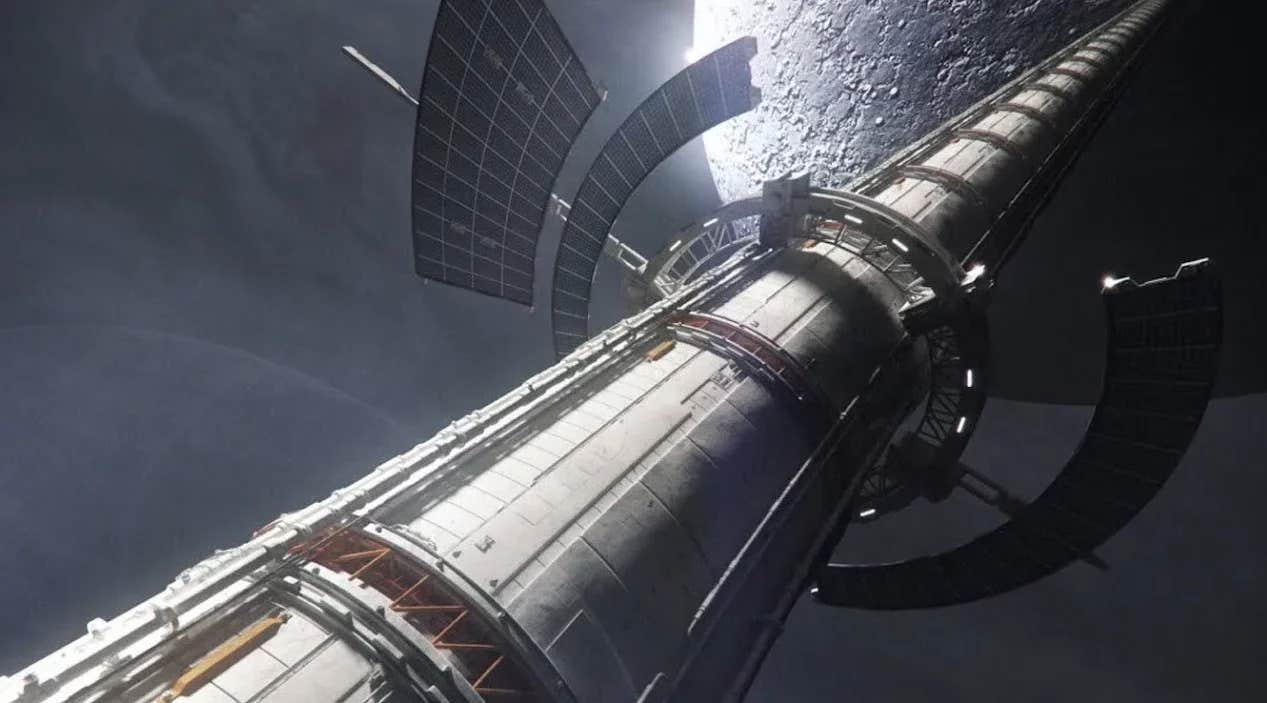650 million year old creature found in California lake reveals how life evolved
Researchers have found a rare single-celled organism that might help explain how life made its first evolutionary leaps.

The harsh conditions of Mono Lake—including its salty waters and the presence of toxins like arsenic and cyanide—may have played a key role in shaping the evolution of this unusual species. (CREDIT: CC BY-SA 4.0)
Mono Lake, tucked in the Eastern Sierra, is no ordinary lake. Its eerie tufa towers and teeming swarms of brine shrimp and alkali flies make it a hotspot for life that thrives where others can’t. The water here is not just salty—it’s loaded with alkaline compounds, creating a strange, almost alien environment.
In this challenging landscape, researchers have uncovered a microscopic marvel. A team from the University of California, Berkeley, has found a rare single-celled organism that might help explain how life made its first evolutionary leaps.
This tiny creature belongs to a group called choanoflagellates. Though not animals, they are the closest known living relatives to them. Scientists believe these organisms hold essential clues about how single cells evolved into the first multicellular life.
The species found in Mono Lake, however, isn’t just any choanoflagellate. It breaks the mold. Unlike its relatives, which usually eat bacteria, this one lives in tight, stable partnership with them.
Instead of hunting bacteria, it welcomes them. The bacteria cling to the choanoflagellate’s outer surface, forming a kind of microbial community. This makes it the simplest organism known to host a microbiome.
That’s a big deal. For scientists, this discovery opens up a unique chance to explore how early life might have relied on bacteria—not just for food, but for survival and evolution.
“Very little is known about choanoflagellates, and there are interesting biological phenomena that we can only gain insight into if we understand their ecology,” says Nicole King, a molecular and cell biology professor at UC Berkeley and Howard Hughes Medical Institute investigator.
King’s team uses choanoflagellates to model life in Earth’s ancient oceans. Their work helps trace the first steps toward complex life, including how cells may have started working together as one organism.
The new species, named Barroeca monosierra, has likely evolved under intense pressure. Mono Lake’s harsh mix of salt, arsenic, and cyanide may have pushed it to form its unique bond with bacteria. That symbiosis, scientists suggest, might mirror how early microbiomes began shaping the evolution of animals—including us.
Related Stories
This discovery underscores the ecological and evolutionary significance of Mono Lake's unique ecosystem, revealing new layers of complexity in the story of life’s origins.
The choanoflagellate was first discovered nearly a decade ago, when Daniel Richter, then a UC Berkeley graduate student, brought back a vial of water from a climbing trip to the Eastern Sierra Nevada. Under the microscope, the water teemed with life, particularly large, beautiful colonies of choanoflagellates.
These colonies, composed of nearly 100 identical cells, formed a hollow sphere that twirled and spun as the individual cells used their flagella for movement.
King noted the similarity between these colonies and a blastula—a hollow ball of cells that forms early in the development of animal embryos. "One of the things that's interesting about them is that these colonies have a shape similar to the blastula," she said. However, it wasn’t until years later that the research team realized the full significance of the colony’s structure.
Graduate student Kayley Hake revived the choanoflagellates from a freezer and discovered something unexpected: DNA was present inside the hollow sphere, where there should have been no cells. After further investigation, she identified this DNA as bacterial, marking the first time bacteria had been observed living inside a choanoflagellate colony rather than being consumed by it.
Hake’s work uncovered not just bacteria, but also a network of extracellular matrix structures inside the colony. These structures appeared to be secreted by the choanoflagellates and could serve as a habitat for the bacteria. This was a major breakthrough because no one had ever documented a choanoflagellate forming a stable, symbiotic relationship with bacteria.
Jill Banfield, a UC Berkeley professor and pioneer in the field of metagenomics, collaborated with King’s team to identify the bacterial species found both in Mono Lake water and inside the choanoflagellate colonies. Metagenomics allows scientists to sequence all the DNA in an environmental sample and reconstruct the genomes of the organisms living there.
Banfield’s lab identified several bacterial species in the lake’s water, and Hake determined which of these were also inside the choanoflagellates. The bacterial populations inside the colonies were distinct, suggesting that some bacteria thrive better than others within the oxygen-poor interior of the colony.
While it’s still unclear whether the bacteria are being farmed by the choanoflagellates for consumption or simply taking refuge from the harsh environment of Mono Lake, King believes future research will reveal more about the interactions between these organisms. "Much of this is speculation," King admitted, but she is hopeful that the findings will provide important clues about the evolution of life on Earth.
Previous studies in King’s lab have already shown that bacteria can influence choanoflagellate behavior, including stimulating mating and encouraging the formation of colonies. Barroeca monosierra will likely serve as a new model system for studying the interactions between eukaryotes (organisms with complex cells) and bacteria, as well as the role bacteria played in early animal evolution.
Despite these promising findings, Mono Lake’s choanoflagellate colonies are elusive. During a recent visit, only six out of 100 water samples contained the choanoflagellates. Nonetheless, King remains excited about the future of this research. "I think there's a great deal more that needs to be done on the microbial life of Mono Lake because it really underpins everything else about the ecosystem," she said.
King’s work, along with that of her colleagues, could help answer fundamental questions about the relationships between early life forms and their microbial companions—relationships that likely paved the way for the human microbiome and the complex interactions between animals and bacteria that we see today.
In addition to King and Banfield, other contributors to the research include graduate student Kayley Hake, former doctoral student Patrick West, electron microscopist Kent McDonald, and postdoctoral fellows Josean Reyes-Rivera and Alain Garcia De Las Bayonas. Their work is supported by the Howard Hughes Medical Institute and the National Science Foundation.
Note: Materials provided above by The Brighter Side of News. Content may be edited for style and length.
Like these kind of feel good stories? Get The Brighter Side of News' newsletter.
Joshua Shavit
Science & Technology Writer | AI and Robotics Reporter
Joshua Shavit is a Los Angeles-based science and technology writer with a passion for exploring the breakthroughs shaping the future. As a contributor to The Brighter Side of News, he focuses on positive and transformative advancements in AI, technology, physics, engineering, robotics and space science. Joshua is currently working towards a Bachelor of Science in Business Administration at the University of California, Berkeley. He combines his academic background with a talent for storytelling, making complex scientific discoveries engaging and accessible. His work highlights the innovators behind the ideas, bringing readers closer to the people driving progress.



